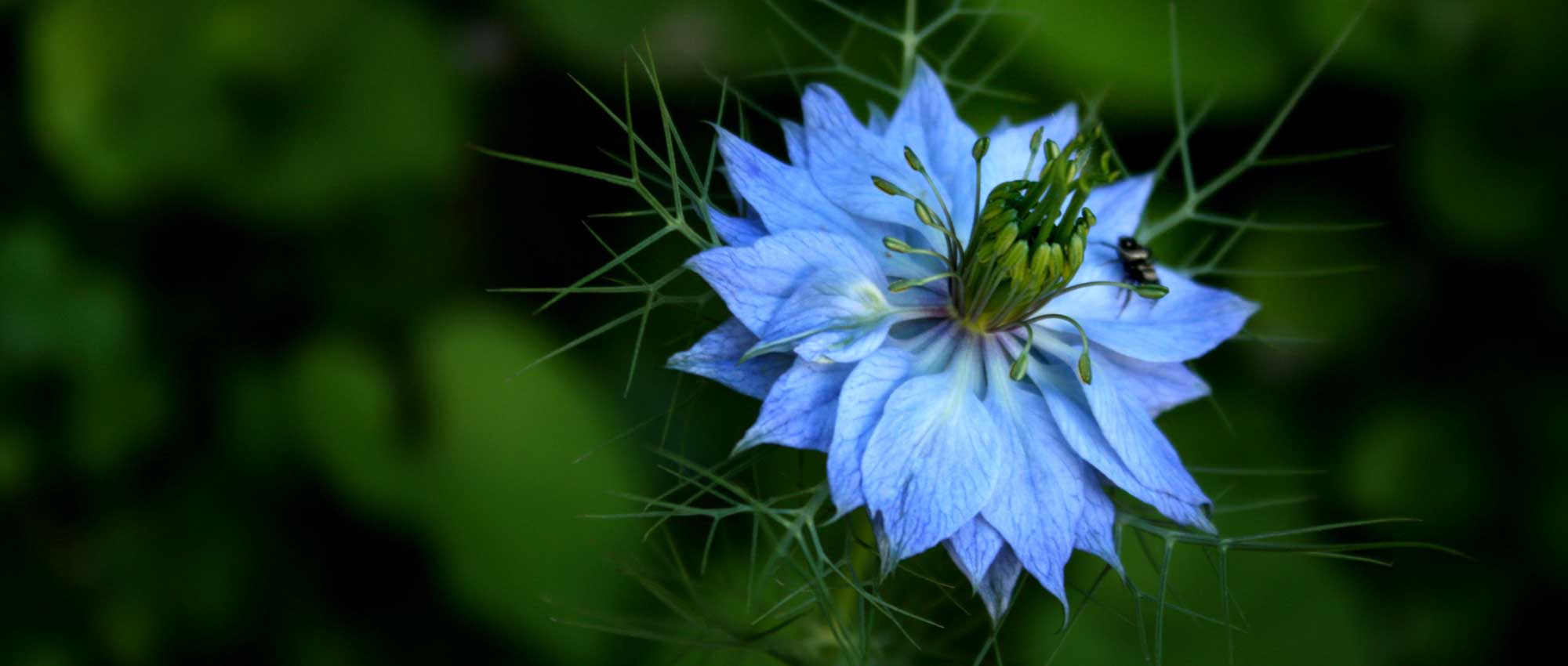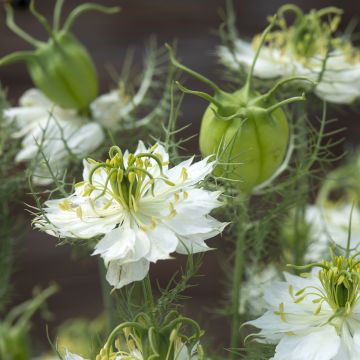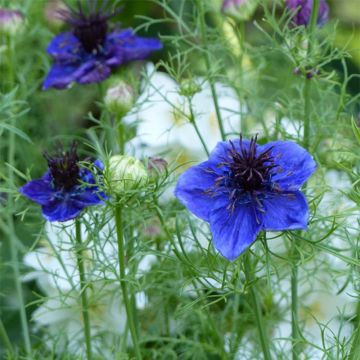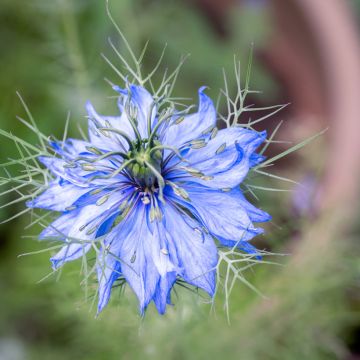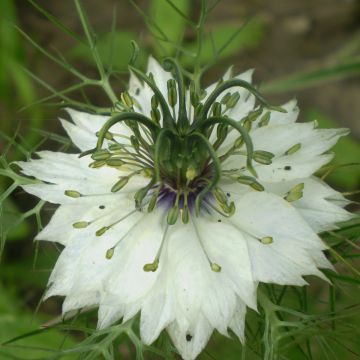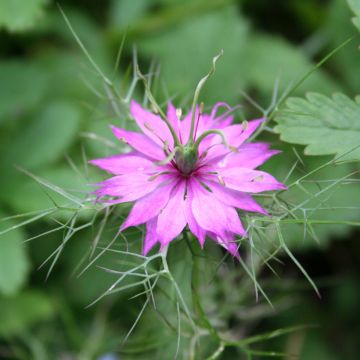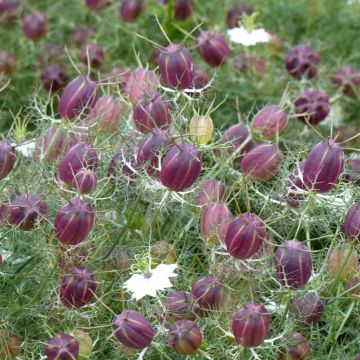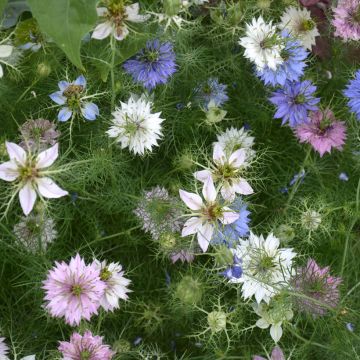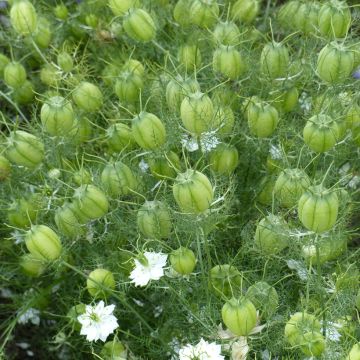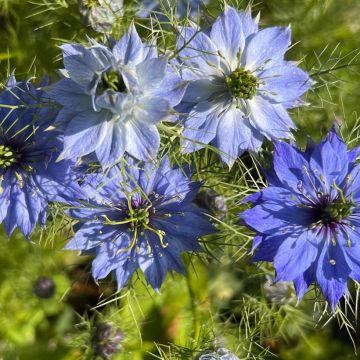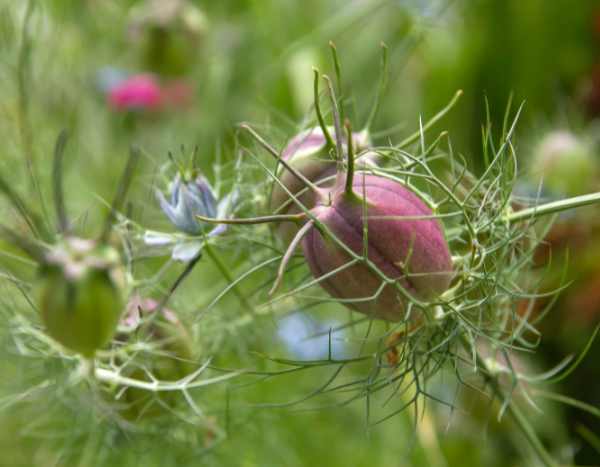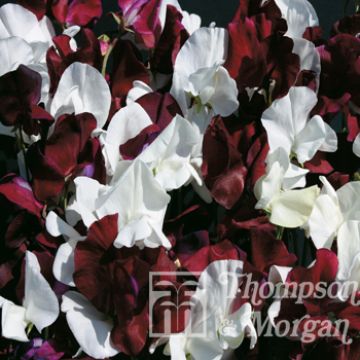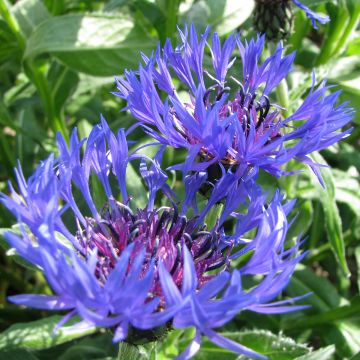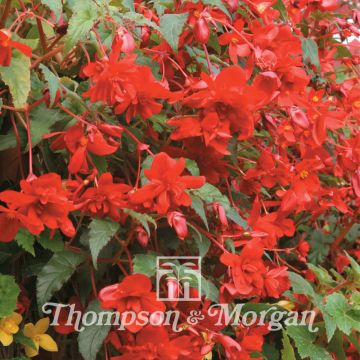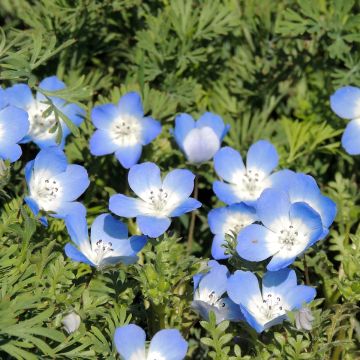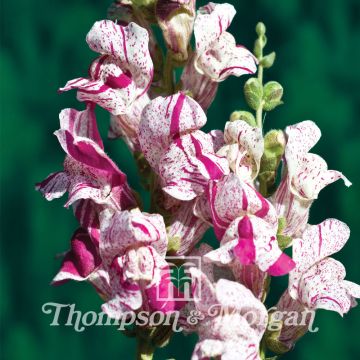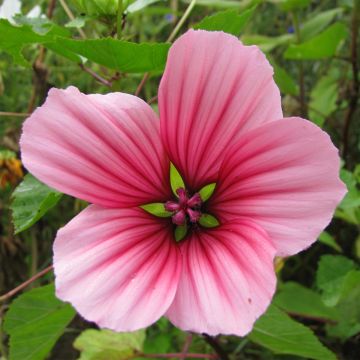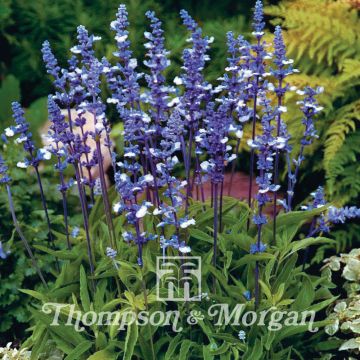

Nigella garidella Blue Stars - Love-in-a-mist Seeds
Nigella garidella Blue Stars - Love-in-a-mist Seeds
Nigella garidella Blue Stars
Fennel-leaved Garidella
Special offer!
Receive a €20 voucher for any order over €90 (excluding delivery costs, credit notes, and plastic-free options)!
1- Add your favorite plants to your cart.
2- Once you have reached €90, confirm your order (you can even choose the delivery date!).
3- As soon as your order is shipped, you will receive an email containing your voucher code, valid for 3 months (90 days).
Your voucher is unique and can only be used once, for any order with a minimum value of €20, excluding delivery costs.
Can be combined with other current offers, non-divisible and non-refundable.
Home or relay delivery (depending on size and destination)
Schedule delivery date,
and select date in basket
This plant carries a 6 months recovery warranty
More information
We guarantee the quality of our plants for a full growing cycle, and will replace at our expense any plant that fails to recover under normal climatic and planting conditions.
Would this plant suit my garden?
Set up your Plantfit profile →
Description
This Love-in-a-mist, named Nigella bucharica Blue Stars, is quite different from the usual species. This annual comes to us from ancient Persia. It is an annual variety with a low, compact and branched habit that displays all summer long, small flowers with lavender-blue petals, arranged in a star shape around a crown of upright central stamens that are blue with a white base. All of which is placed above a fine, feathery foliage. The flowers turn into original fruits: oval, papery capsules, embellished with very fine 'hair'. This plant is easy to grow in rock gardens or in sunny flower beds. Sow without fear of disturbing neighbouring plants.
Much less well known than Nigella damascena, Nigella bucharica or Nigella garidella originates from Central Asia, particularly from the hot and dry regions of the mountains around Boukhara, located in the centre of Uzbekistan of the Russian Turkestan. Nigella bucharica is a hardy annual plant of the buttercup family (Renonculaceae). It is sometimes called 'Emir of Buchara' or Asian nigella. The 'Blue Stars' variety is an improved version of this botanical species, whose delicacy and wild charm it has kept.
It is a pubescent annual, forming small, branching, 30 cm clumps, covered with foliage reminiscent of fennel's leaves. The linear, lanceolate basal leaves are 2 to 4 mm long, whilst the leaves on the stem are palmate, very deeply cut and are composed of linear segments. The lavender-blue, oblong sepals are 12 to 14 mm long and are arranged in a star shape around a crown of upright blue and white stamens. They are solitary, borne on remarkably strong, slender stems. Flowering takes place from July to September, and is very nectar-rich and melliferous. The flowers are followed by the production of curious, oval small fruits equipped with a collar of "hair".
This other Nigella, so aptly named 'Blue Stars', is a rare plant, yet one of the easiest to grow in all free-draining soils. It is perfect everywhere: in natural gardens, rock gardens, perennial beds, where it contrasts beautifully with coarse textured plants. It goes well with shrub roses. Love-in-a-mist colonizes open spaces in record time and can quickly create a colourful, country setting with Lady phacelia, Honeywort, sainfoins, Californian poppies, perennial flax, rosemary or wild chicory. Nigella 'Blue Stars' combined with other blue or pink flowers, can be used to create exquisite bouquets,
Flowering
Foliage
Plant habit
Botanical data
Nigella
garidella
Blue Stars
Ranunculaceae
Fennel-leaved Garidella
Cultivar or hybrid
Other Nigella -Love-in-a-mist seeds
View all →Planting and care
Sowing Nigelle bucharica 'Blue Star' is child's play. Sow the seeds outside, directly in the ground. Prepare the soil well in order to loosen it before sowing. Sow in rows 6 mm deep and 30 cm apart. The young plants do not like to be disturbed at all. You can make beautiful flowering pots for spring by sowing the seeds in an unheated greenhouse or veranda in late summer and autumn. Thin out the seedlings to a 30 cm spacing. Nigella likes sunshine and tolerates drought well because it adapts its life cycle to the weather conditions, flowering early in regions with dry summers and all summer long in cooler climates. These plants self-seed freely in the garden but these seedlings are not always clones of the parents.
Sowing period
Intended location
Planting & care advice
This item has not been reviewed yet - be the first to leave a review about it.
Similar products
Haven't found what you were looking for?
Hardiness is the lowest winter temperature a plant can endure without suffering serious damage or even dying. However, hardiness is affected by location (a sheltered area, such as a patio), protection (winter cover) and soil type (hardiness is improved by well-drained soil).

Photo Sharing Terms & Conditions
In order to encourage gardeners to interact and share their experiences, Promesse de fleurs offers various media enabling content to be uploaded onto its Site - in particular via the ‘Photo sharing’ module.
The User agrees to refrain from:
- Posting any content that is illegal, prejudicial, insulting, racist, inciteful to hatred, revisionist, contrary to public decency, that infringes on privacy or on the privacy rights of third parties, in particular the publicity rights of persons and goods, intellectual property rights, or the right to privacy.
- Submitting content on behalf of a third party;
- Impersonate the identity of a third party and/or publish any personal information about a third party;
In general, the User undertakes to refrain from any unethical behaviour.
All Content (in particular text, comments, files, images, photos, videos, creative works, etc.), which may be subject to property or intellectual property rights, image or other private rights, shall remain the property of the User, subject to the limited rights granted by the terms of the licence granted by Promesse de fleurs as stated below. Users are at liberty to publish or not to publish such Content on the Site, notably via the ‘Photo Sharing’ facility, and accept that this Content shall be made public and freely accessible, notably on the Internet.
Users further acknowledge, undertake to have ,and guarantee that they hold all necessary rights and permissions to publish such material on the Site, in particular with regard to the legislation in force pertaining to any privacy, property, intellectual property, image, or contractual rights, or rights of any other nature. By publishing such Content on the Site, Users acknowledge accepting full liability as publishers of the Content within the meaning of the law, and grant Promesse de fleurs, free of charge, an inclusive, worldwide licence for the said Content for the entire duration of its publication, including all reproduction, representation, up/downloading, displaying, performing, transmission, and storage rights.
Users also grant permission for their name to be linked to the Content and accept that this link may not always be made available.
By engaging in posting material, Users consent to their Content becoming automatically accessible on the Internet, in particular on other sites and/or blogs and/or web pages of the Promesse de fleurs site, including in particular social pages and the Promesse de fleurs catalogue.
Users may secure the removal of entrusted content free of charge by issuing a simple request via our contact form.
The flowering period indicated on our website applies to countries and regions located in USDA zone 8 (France, the United Kingdom, Ireland, the Netherlands, etc.)
It will vary according to where you live:
- In zones 9 to 10 (Italy, Spain, Greece, etc.), flowering will occur about 2 to 4 weeks earlier.
- In zones 6 to 7 (Germany, Poland, Slovenia, and lower mountainous regions), flowering will be delayed by 2 to 3 weeks.
- In zone 5 (Central Europe, Scandinavia), blooming will be delayed by 3 to 5 weeks.
In temperate climates, pruning of spring-flowering shrubs (forsythia, spireas, etc.) should be done just after flowering.
Pruning of summer-flowering shrubs (Indian Lilac, Perovskia, etc.) can be done in winter or spring.
In cold regions as well as with frost-sensitive plants, avoid pruning too early when severe frosts may still occur.
The planting period indicated on our website applies to countries and regions located in USDA zone 8 (France, United Kingdom, Ireland, Netherlands).
It will vary according to where you live:
- In Mediterranean zones (Marseille, Madrid, Milan, etc.), autumn and winter are the best planting periods.
- In continental zones (Strasbourg, Munich, Vienna, etc.), delay planting by 2 to 3 weeks in spring and bring it forward by 2 to 4 weeks in autumn.
- In mountainous regions (the Alps, Pyrenees, Carpathians, etc.), it is best to plant in late spring (May-June) or late summer (August-September).
The harvesting period indicated on our website applies to countries and regions in USDA zone 8 (France, England, Ireland, the Netherlands).
In colder areas (Scandinavia, Poland, Austria...) fruit and vegetable harvests are likely to be delayed by 3-4 weeks.
In warmer areas (Italy, Spain, Greece, etc.), harvesting will probably take place earlier, depending on weather conditions.
The sowing periods indicated on our website apply to countries and regions within USDA Zone 8 (France, UK, Ireland, Netherlands).
In colder areas (Scandinavia, Poland, Austria...), delay any outdoor sowing by 3-4 weeks, or sow under glass.
In warmer climes (Italy, Spain, Greece, etc.), bring outdoor sowing forward by a few weeks.






























